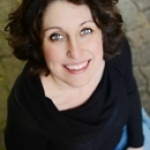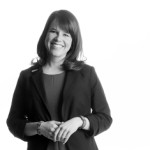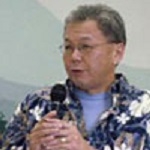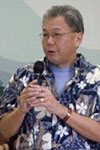
Ella Van Wyk
“There’s nowhere to go but on!” - Feist
Let this blog begin with my gratitude for the amazing experience I have had over these last few days. Receiving the Arthur Greenberg Memorial Scholarship Award is an event that has truly influenced my career, and will benefit my organization and my local arts community. Thank you to Abe Flores, Rebecca Burrell, and Adam Fong for taking the time to have genuine conversations with me and truly contribute to the work I am doing.
Attending a conference is too passive a description for these last few days. I learned, sang, listened, laughed, digested, deliberated, rejected, reinforced, inquired, decompressed, and grew. I watched Robert L Lynch (CEO of Americans for the Arts) and Jonathan Katz (CEO National Assembly of State Arts Agencies) jam together. They spoke about leadership, their nonlinear careers, they read their own poetry, sang songs, enjoyed each other’s company, and celebrated each other’s achievements! I met fantastic people from across the country, Canada, and the UK who are all fighting for the same cause, attacking similar challenges and were open and willing to share ideas, brainstorm and listen. I sang with Ben Folds. I stayed up until midnight disseminating what I’d experienced that day making To-Do lists and resource wish-lists so that when I get home I can hit the ground running and implement all I have experienced here. I received wisdom, knowledge, empathy, and suggestions from leaders in the arts and experts with invaluable years of experience.
Read More











 Kellyn Lopes
Kellyn Lopes


 Amanda Murphy
Amanda Murphy

 Lydia Zacharias
Lydia Zacharias

 Ali Fernandez
Ali Fernandez

 Julia Harman Cain
Julia Harman Cain

 Ethan Clark
Ethan Clark

 Elaine Maslamani
Elaine Maslamani

 Ann-Laura Parks
Ann-Laura Parks

 Gerald Yoshitomi
Gerald Yoshitomi

 Jordan Silton
Jordan Silton




















